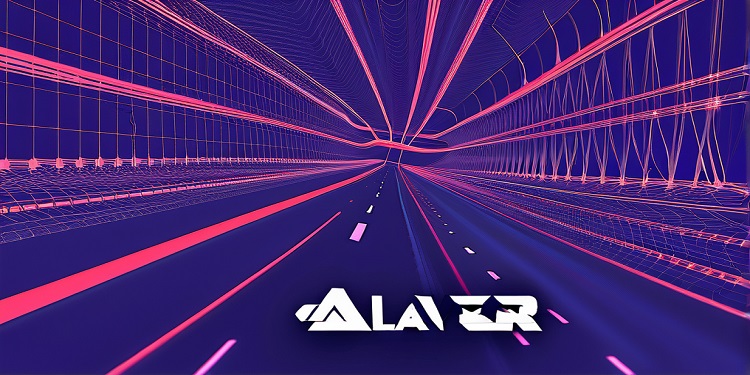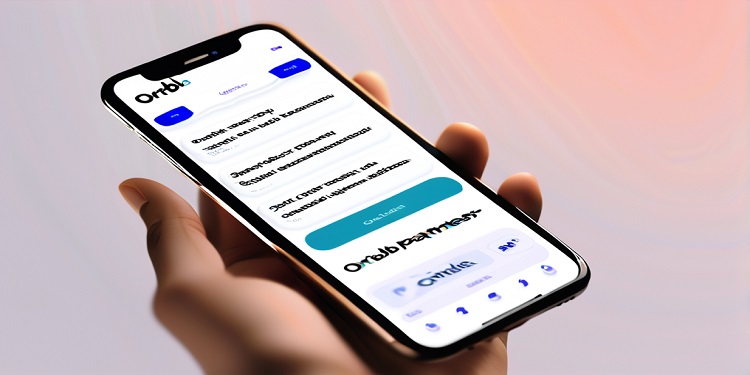 Payment processor PayPal is now studying the layer-one and layer-two systems that deals with growing payments, according to the company’s press release. These include cryptocurrencies like Ethereum, Polkadot, Solana, and Algorand. The payment provider is investigating how these networks and their respective currencies may be integrated into its ambitions for a scalable payments infrastructure, according to the company.
Payment processor PayPal is now studying the layer-one and layer-two systems that deals with growing payments, according to the company’s press release. These include cryptocurrencies like Ethereum, Polkadot, Solana, and Algorand. The payment provider is investigating how these networks and their respective currencies may be integrated into its ambitions for a scalable payments infrastructure, according to the company.
Four cryptocurrencies were added to the PayPal network in October of last year, allowing users to purchase, trade, and keep them. Bitcoin, Ethereum, Litecoin, and Bitcoin Cash are the four cryptocurrencies in question. The company pledged in its most recent third-quarter financial report that it will enhance its future cryptocurrency services, and it seems that this is exactly what it is doing today.
Many payment channels have opened their doors to cryptocurrency users as a result of the phenomenal growth of cryptocurrencies in recent months. Visa, Mastercard, and, most recently, PayPal are among the payment methods available.
As explained by Jose Fernandez, PayPal’s senior vice president and general manager of blockchain, cryptographic assets and digital currencies, the company’s decision to provide cryptocurrency services was prompted by a number of events.
There are many reasons for this, one of which is the widespread desire from consumers and merchants to utilize cryptocurrencies as a payment tool. An additional point to mention is the regulatory position that declares the legitimacy of the cryptocurrency sector. “We felt it was part of our job to assist in making this asset class more accessible to the general public,” Fernandez said.
According to rumors circulating in the cryptocurrency industry, PayPal is planning to launch its own stablecoin. The business’s executive, on the other hand, refuted the claims, claiming that the corporation had not yet reached such dimensions.
He went on to say that “the majority of stablecoins on the market are beneficial in the trading or decentralized finance (DeFi) sectors. PayPal has yet to discover a stablecoin that is “purpose-built for payments,” despite the fact that these are excellent applications.
Instead, the payments company hopes to take use of blockchains, which allow for scalable payments to be made. “If you asked me six weeks from now, I’m certain that I would be able to offer you four or five alternative names. This is how amazing blockchain networks are,” Fernandez said of the distributed ledger technology.
In addition to digital assets and blockchains, PayPal has shown an interest in non-fungible tokens, which are tokens that cannot be exchanged for cash (NFTs). A large portion of this is driven by demand from the company’s merchants and partners, particularly those in the media business.
According to the analytics platform DappRadar, the total amount of NFT trading in the third quarter of 2021 was $10.67 billion. This marks an increase of 704 percent over the previous quarter. Fernandez believes that “we have a role to play in non-traditional technologies.” Many people, however, are discouraged from engaging with the industry because of the technical difficulties involved in purchasing and owning NFTs.
“The amount of hoops that you have to go through when purchasing an NFT nowadays is the most frustrating part of the procedure.” He goes on to say that this is not advantageous to “early adopters” or “interested but not sophisticated users.”








